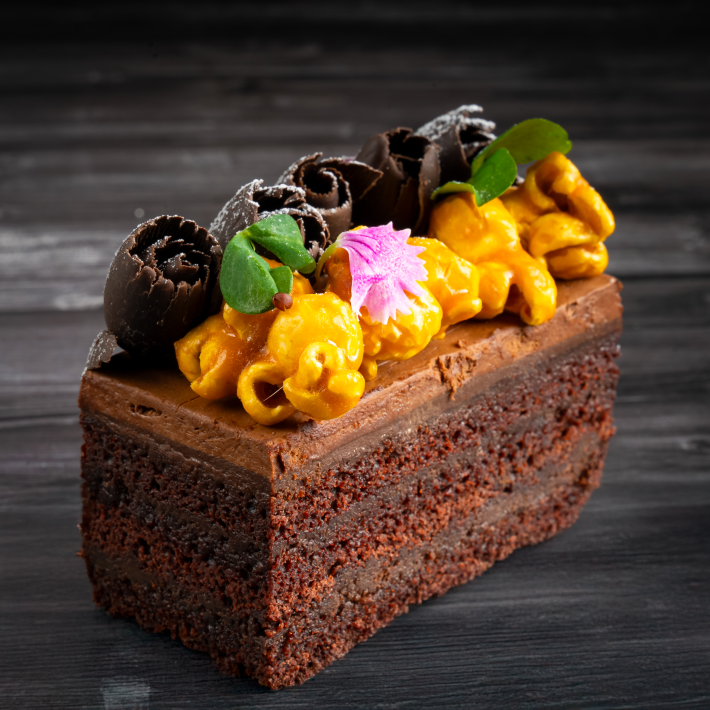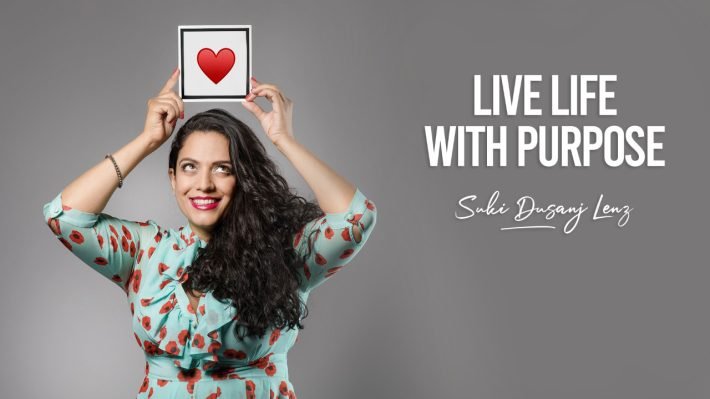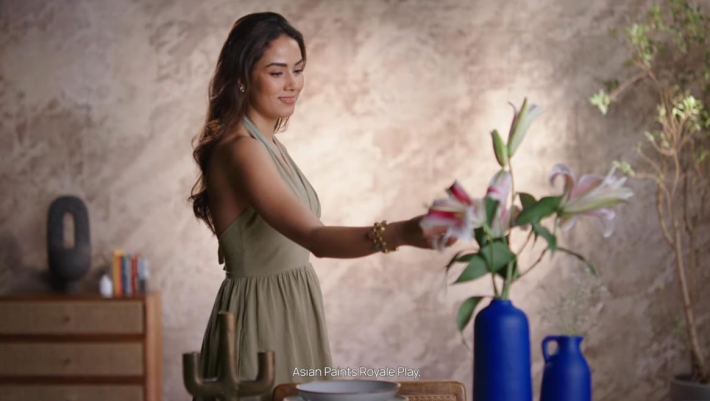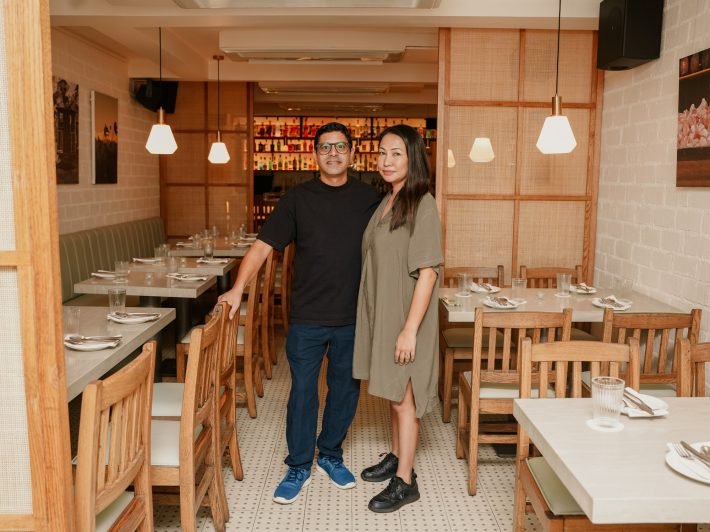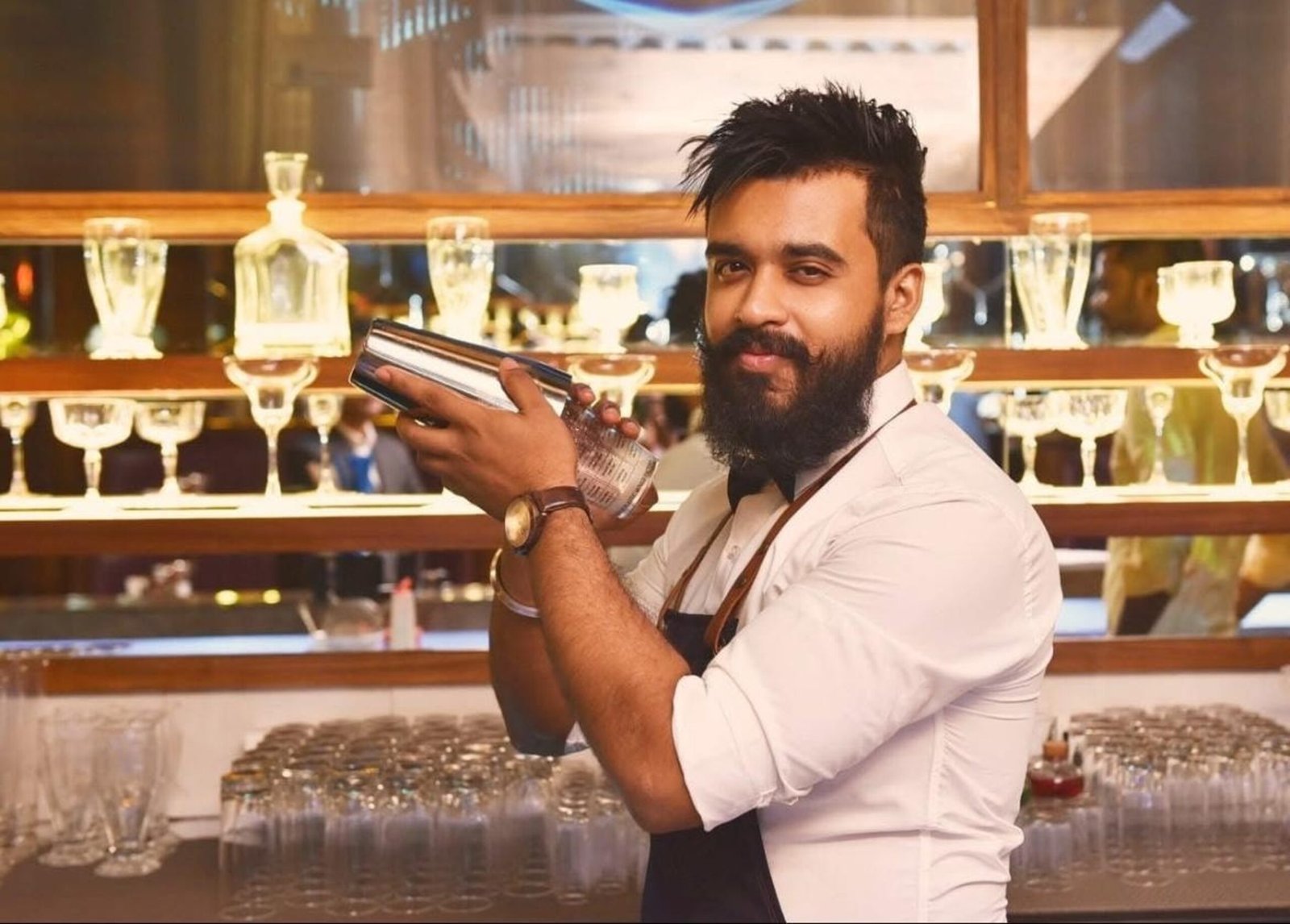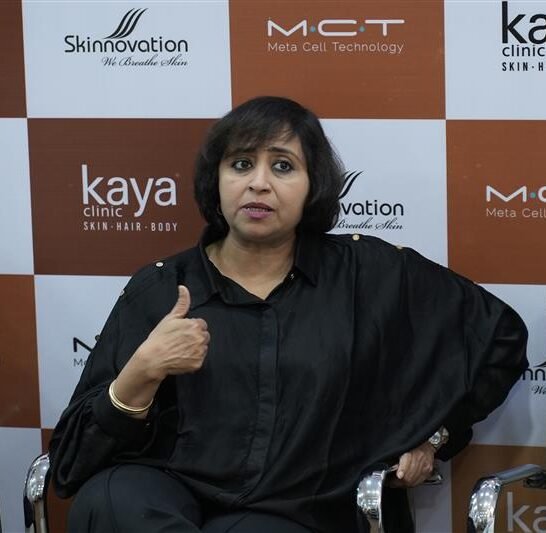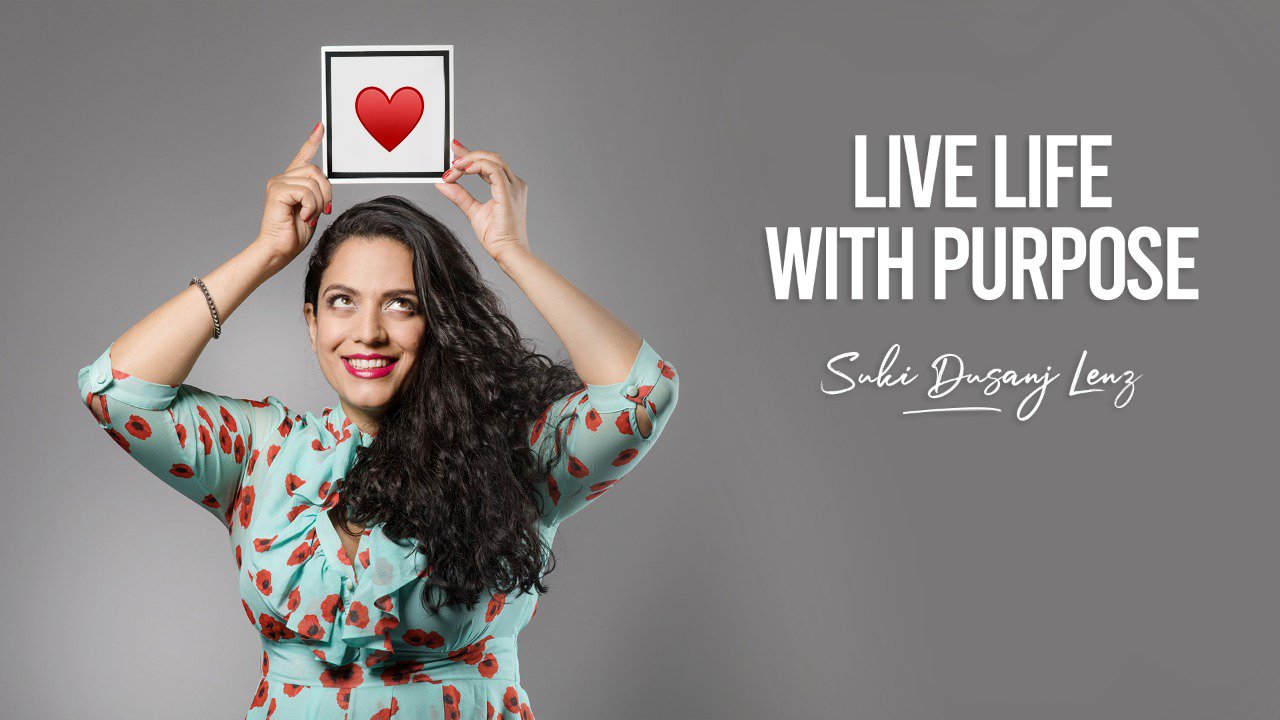Saudi Arabia is no longer the veiled nation recognized for its opaque and enigmatic practices. The formally tight laws have been softened (to a large extend), and the country has undergone substantial changes, notably as part of its Vision 2030 plan. The ambitious initiative, launched in 2016 by Crown Prince Mohammed bin Salman aims to diversify the country’s economy. Among the numerous development initiatives undertaken, tourism is a top focus, with projects like the Red Sea Project and NEOM, a futuristic city touted as a desert paradise. More of this in our next feature story on Visit Saudi.
As Saudi Arabia develops its tourism sector, souks are likely to play a crucial role in presenting the country’s cultural heritage to international visitors. These souks not only serve as shopping destinations but also as windows into Saudi Arabia’s diverse regional cultures, traditional crafts, history, and social practices. They offer tourists an immersive experience that goes beyond the modern face of Saudi cities.
Souk History

Souks have been the heartbeat of early civilisation for thousands of years. The traditional marketplaces, like Souk Al Zal in Riyadh and Al-Qaisariya in Al Hofuf, have long been centres of trade, social interaction, and preserving culture and identity in Saudi Arabia. They have witnessed the nation’s journey from a time when camels carried traditional merchandise and local produce across desert routes to today’s modern technology.
While preserving their historical charm, many of the souks have undergone drastic transformational changes to meet contemporary needs. Souks have witnessed the introduction of modern amenities and a wider range of products, yet the essence remains. Today, these souks stand as proud symbols of Arabian heritage, attracting both locals and tourists, and continue to play a vital role within the community and, by and large for the economy.
TheGlitz offers a fascinating glimpse of 8 of the most vibrant souks you should definitely visit on your next vacation.
1 Souk Al Zal, Riyadh
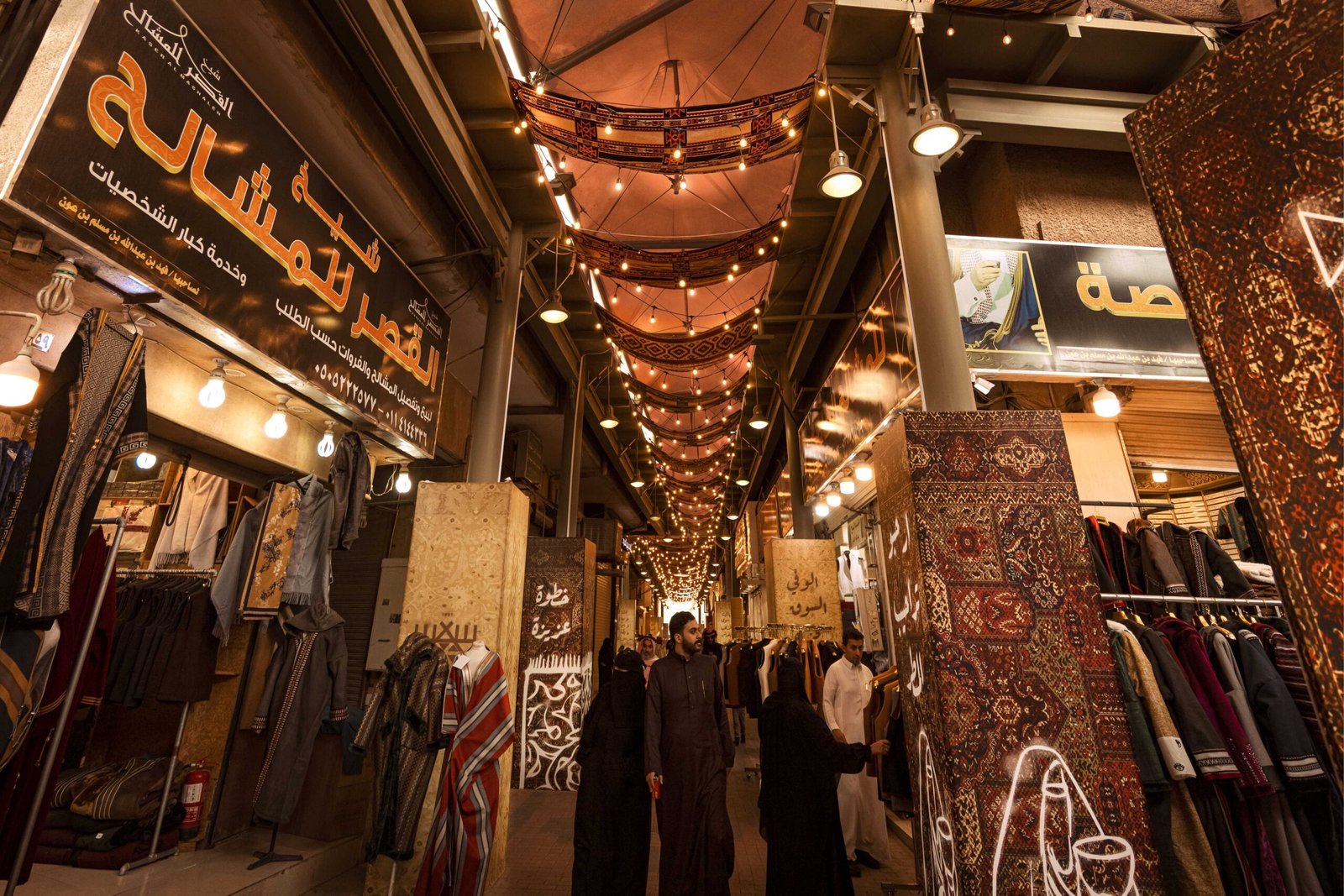
Souk Al Zal occupies 38,000 square metres and is located in the heart of Riyadh, in the Al-Dirah neighbourhood, approximately 5.4 km from the Al-Murabba historical palace. It stands as one of Riyadh’s most ancient traditional marketplaces, harbouring a century of history within its narrow alleyways. The moment you stroll down the streets and hear the merchants’ calls during an auction, you’ll sense a journey into the city’s past. The bazaar is renowned for its antiques, rare coinage, and vintage implements.
Furthermore, you can come across hundreds of fascinating objects like musical instruments, vintage record players, that seem to have come straight out of a museum. There are scores of stores selling oriental fragrances, oud, and incense. An antiques auction is held in the market every day for a few hours following the Asr (afternoon) prayers.
Must-Buy: Musky oud perfumes, handmade camel leather slippers, traditional artefacts such as Arabic coffee pots (dallahs)
Location: Ad Dirah, Riyadh 12634
2 Souk Al Tumor, Medina

Saudi Arabia stands proudly as the world’s second-largest producer of dates, with the holy city of Medina (Madinah) renowned for its exceptional quality and diverse varieties. These small fruits make for delicious snacks and are a major part of Saudi culture—the date palm is even the national symbol. Their excellent preservation qualities make them ideal souvenirs, allowing visitors to share a taste of Saudi Arabia with friends and family back home. The cultural significance of dates extends beyond their culinary value, representing hospitality, tradition, and the bounty of the land.
Souk Al Tumour, the date market of Medina (or Madinah), wears the crowning glory amongst all date markets in Saudi Arabia. Offering an impressive 150 species of dates ranging from the locally-grown favourite Ajwa dates to the rare and expensive Medjool, the souk caters to every palate and preference. The common practice is that most sellers will willingly offer samples before making their purchase. This unique experience makes Souk Al Tumour not just a market but a cultural institution that showcases the rich heritage and agricultural prowess of Saudi Arabia.
Must-Buy: Variety of dates
Location: 3km south of Medina
3 Souk Al Alawi, Jeddah

Saudi’s most extensive souk stands as a living testament to Jeddah’s rich heritage as you wander through the storied lanes of Souk Al Alawi. The small lanes here are packed with virtually everything from authentic handicrafts to traditional outfits and rugs to carpets and spices to vibrant decorative items, all capturing the full essence of Saudi Arabia’s cultural tapestry.
Carry a piece of history back home with handcrafted rugs, consumer goods, clothing, jewellery, and handmade, authentic Saudi souvenirs that add a touch of Arabian elegance to any space. Souk Al-Alawi is a sight to behold during Hajj, with its bustling crowds of pilgrims from all over the Islamic world.
Must-Buy: Handicrafts, traditional outfits, home décor, Islamic Art and genuine Arabian jewellery
Location: Off Al Dahab St, Al Balad, Jeddah
4 Diah Souk, Riyadh

Diah Souk, also called Al Thumari Souk, nestles near the iconic Al Masmak Fort. This maze-like market is a treasure trove for those who love heritage and art, offering a captivating selection of local artwork, fragrances, and handmade crafts. As you wander its winding alleys, you’ll discover unique items that showcase Saudi Arabia’s rich cultural tapestry.
The souk is particularly renowned for its lavish gold jewelry. These pieces boast intricate designs that resemble nothing less than a royal collection. A visit to Diah Souk offers more than just shopping; it’s an immersive journey into Saudi culture, where every purchase tells a story of tradition and craftsmanship. Indulge in the opulence and leave with a feeling of royalty.
Must-Buy: Perfumes, local artwork, gold jewelry
Location: 3138 Abi Jafar Al Mansour St, Ghirnatah, Riyadh
5 Qaisariah Souk, Al Hofuf
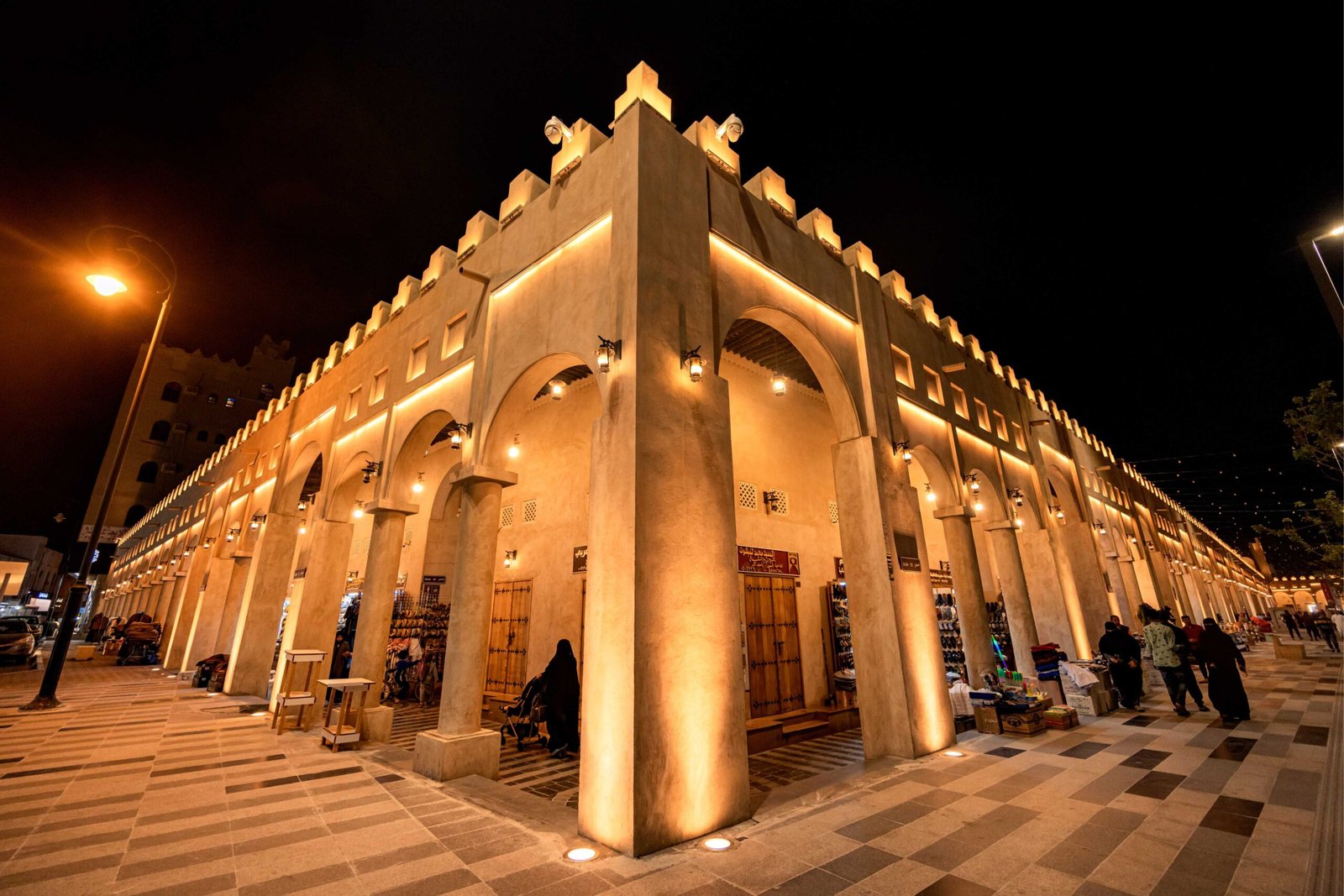
Step back in time at Qaisariah Souk, a testament to the enduring spirit of tradition. Dating back three centuries, this souk in Al-Hasa invites visitors to immerse themselves in the sights and scents of old-world charm. You’ll find an eclectic mix of handmade products, from woven baskets and pottery to spices and perfume. Qaisariah Souk is also renowned for its locally crafted textiles, particularly the intricately designed bisht, a traditional men’s cloak.
The souk is renowned for its date stores, which sell the highly valued Khalas dates. As you meander around the market, one cannot miss the stunning architecture made of wood doors and ornate arches. We won’t hold it against you if you lose track of time while you explore the lively atmosphere, welcoming vendors, and time-travelling aroma of Oud. Following a 2000 fire, Qaisariah Souk underwent restoration and now stands as a tribute to its illustrious past.
Must-Buy: Spices, incense, traditional handicrafts
Location: King Abdul Aziz, Al Rafaa North, Al Hofuf
6 Souk Qabil, Jeddah
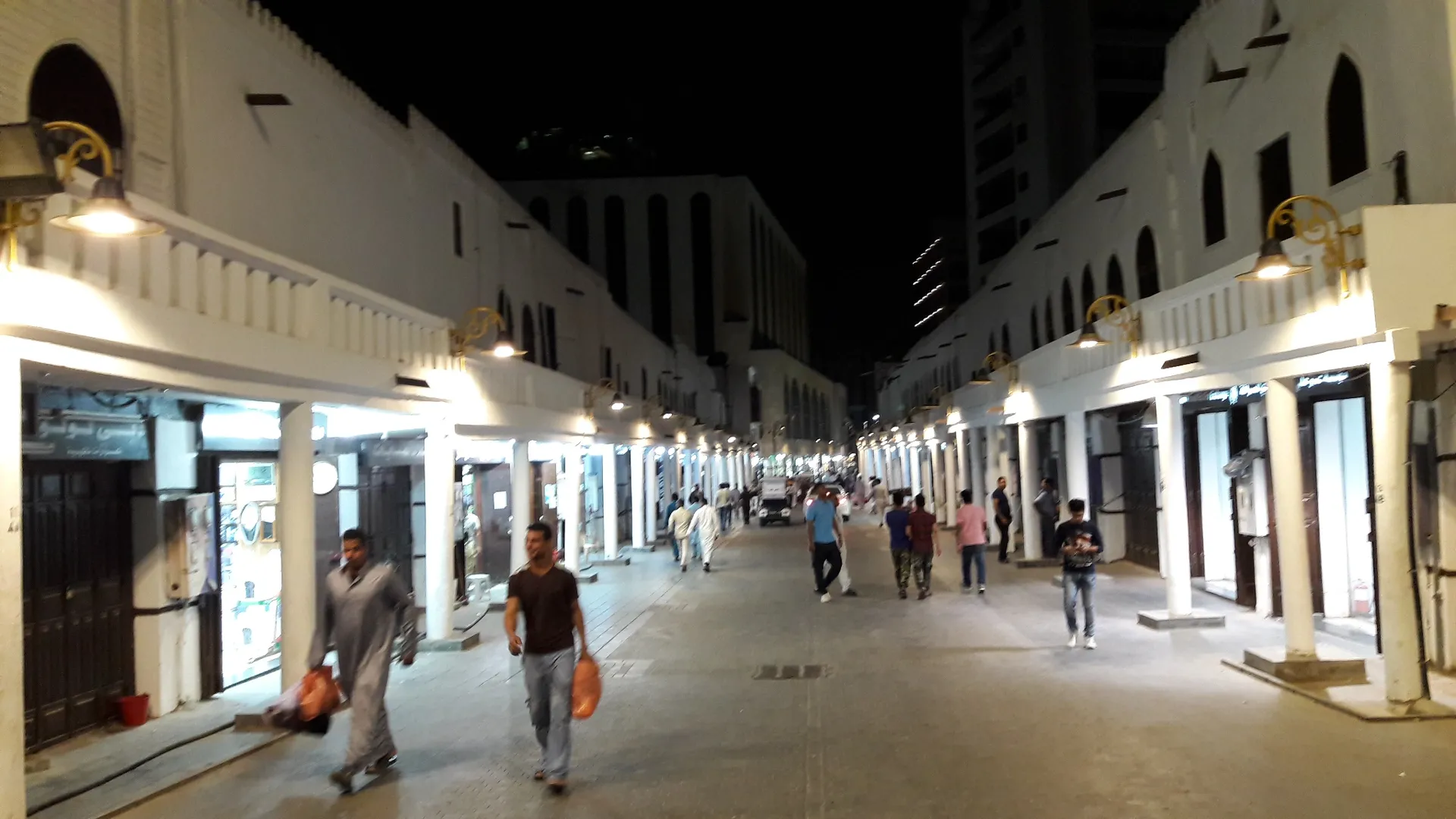
Located in the heart of the historic Al-Badad district of Jeddah is Souk Qabil, well-known for its traditional architecture and cultural significance. Also known as Qabil Street, Gabel Street, or Qabel Trail (on Google Maps), Souk Qabil is a historic market, possibly the oldest in Jeddah, and the first street in the city to be fully electrified.
Souk Qabil has been a part of Jeddah’s commercial landscape for generations and is known as a lively cultural centre, particularly in the evenings during Ramadan and Eid, when it fills with food stalls and traditional entertainment. Despite being a small street, it’s an essential part of any visit to Al Balad, Jeddah’s old town, with a web of alleys leading to museums such as Nassif House, Al Matbouli House, and Al Shafie Mosque that preserve a piece of the Jeddah of old.
Must-Buys: Gold, perfumes, abaya, and other traditional dresses
Location: Jeddah Old Town
7 Souk Al Bat’ha, Riyadh
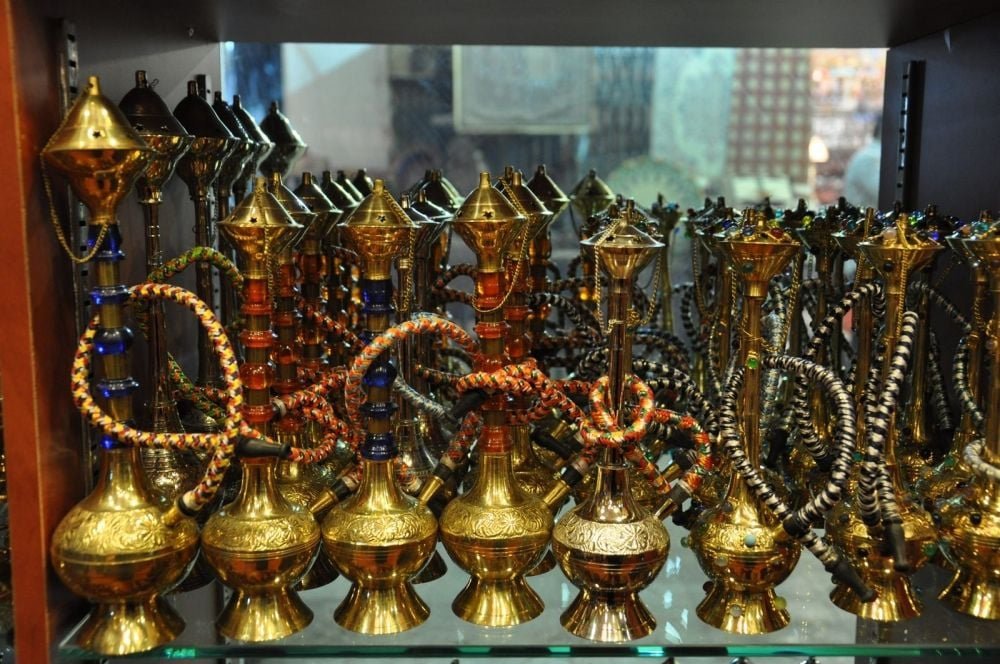
Souk Al Bat’ha is a shopping experience in the heart of Saudi Arabia’s capital, Riyadh. Dive into a vibrant tapestry of cultures at Souk Al Bat‘ha, commonly called the Filipino Souk. This bustling market in Riyadh is a melting pot of South Asian, Filipino, and Yemeni influences, offering a diverse array of goods and culinary delights.
Explore the alleyways filled with a wide selection of traditional Saudi products, including abayas, thobes, and a plethora of accessories and household items. This is an excellent place to buy high-quality spices and a variety of dates. Thursdays are perfect for bargain hunters seeking hidden gems amidst the bustling crowds. Souk Al Bat’ha, compared to other shopping areas in Riyadh, is more traditional and provides a stark contrast to the city’s modern shopping malls.
Must-Buy: Clothes, accessories, exotic spices
Location: Old City Riyadh
8 Souk Okaz, Taif
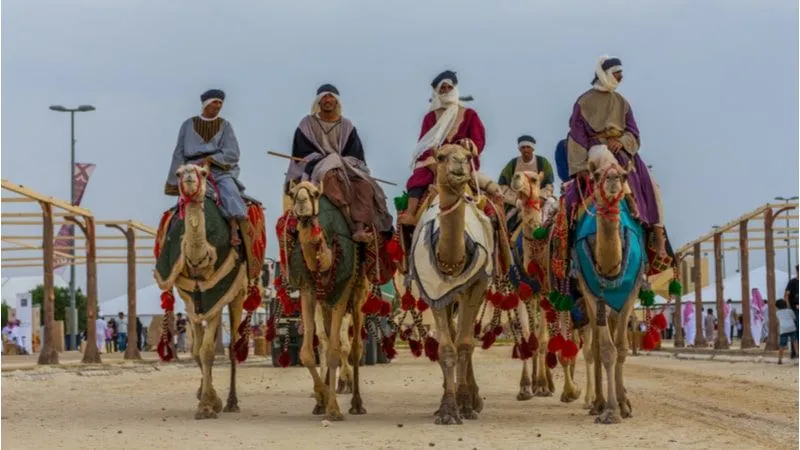
Venture to the ancient city of Taif and discover the enchanting Souk Okaz, a celebration of Saudi Arabia’s cultural heritage. Originally an open-air market, Souk Okaz transports visitors to a bygone era of trade and tradition. Experience the magic of the annual Souk Okaz Festival, reviving an ancient Arab tradition where poetry, storytelling, and cultural performances take centre stage. It is more than a place to shop.
The soul also showcases regional specialties like Taif roses, locally sourced honey, and traditional clothing. Feel lost in the atmosphere filled with the sounds of haggling and traditional music. With over 200 shops and 150 attractions across the sprawling souk’s 14 million square metres, this cultural extravaganza is not to be missed.
Must-Buy: Handicrafts, traditional textiles, pottery, historical documents
Location: 40 km from Taif City, Taif



